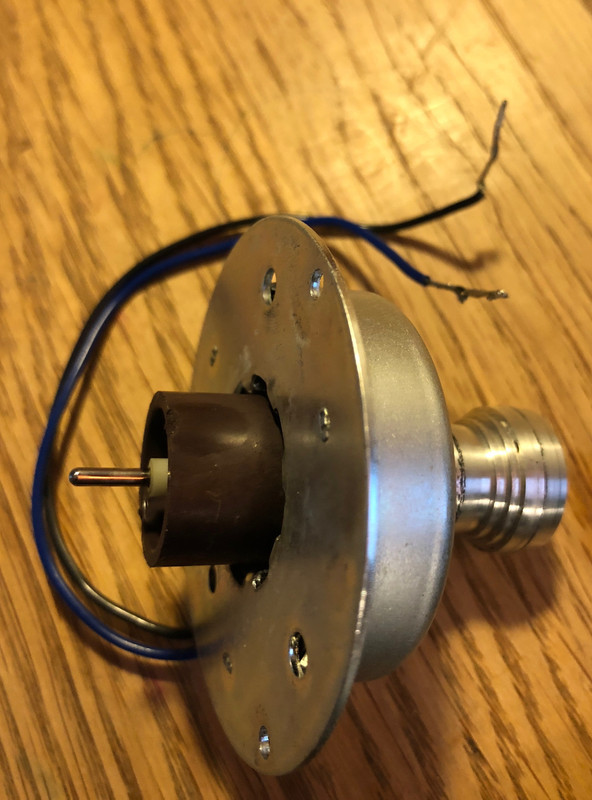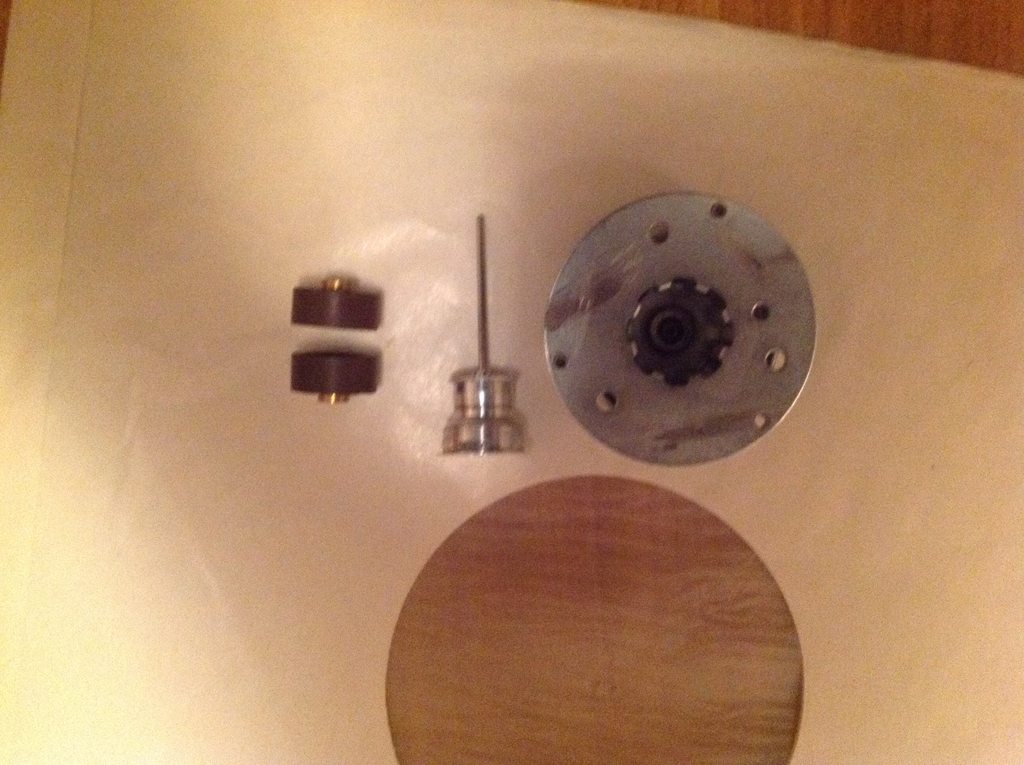Has anyone had one of these apart successfully without wrecking it?
I have a noisy one and I'm not convinced it is entirely due to a slightly bent spindle, if you look at the two halves of the case pressings the lower half looks like it has had a whack and is out of true, so when the spindle turns the bottom of it - running in it's guide/bushing/magnet or whatever it is - catches on every revolution. I'm pretty sure I could fix it if it is possible to split it in half, but I'd rather not write it off trying.
I have a noisy one and I'm not convinced it is entirely due to a slightly bent spindle, if you look at the two halves of the case pressings the lower half looks like it has had a whack and is out of true, so when the spindle turns the bottom of it - running in it's guide/bushing/magnet or whatever it is - catches on every revolution. I'm pretty sure I could fix it if it is possible to split it in half, but I'd rather not write it off trying.



